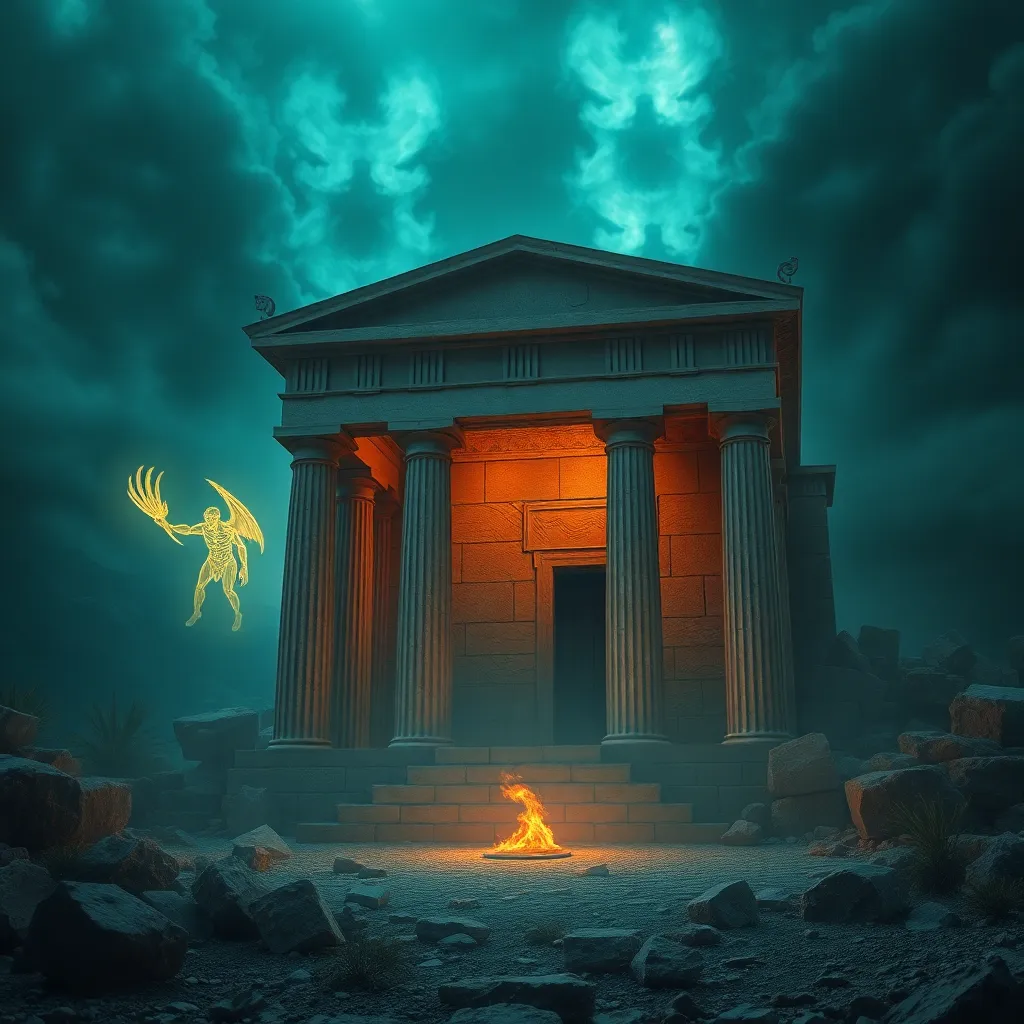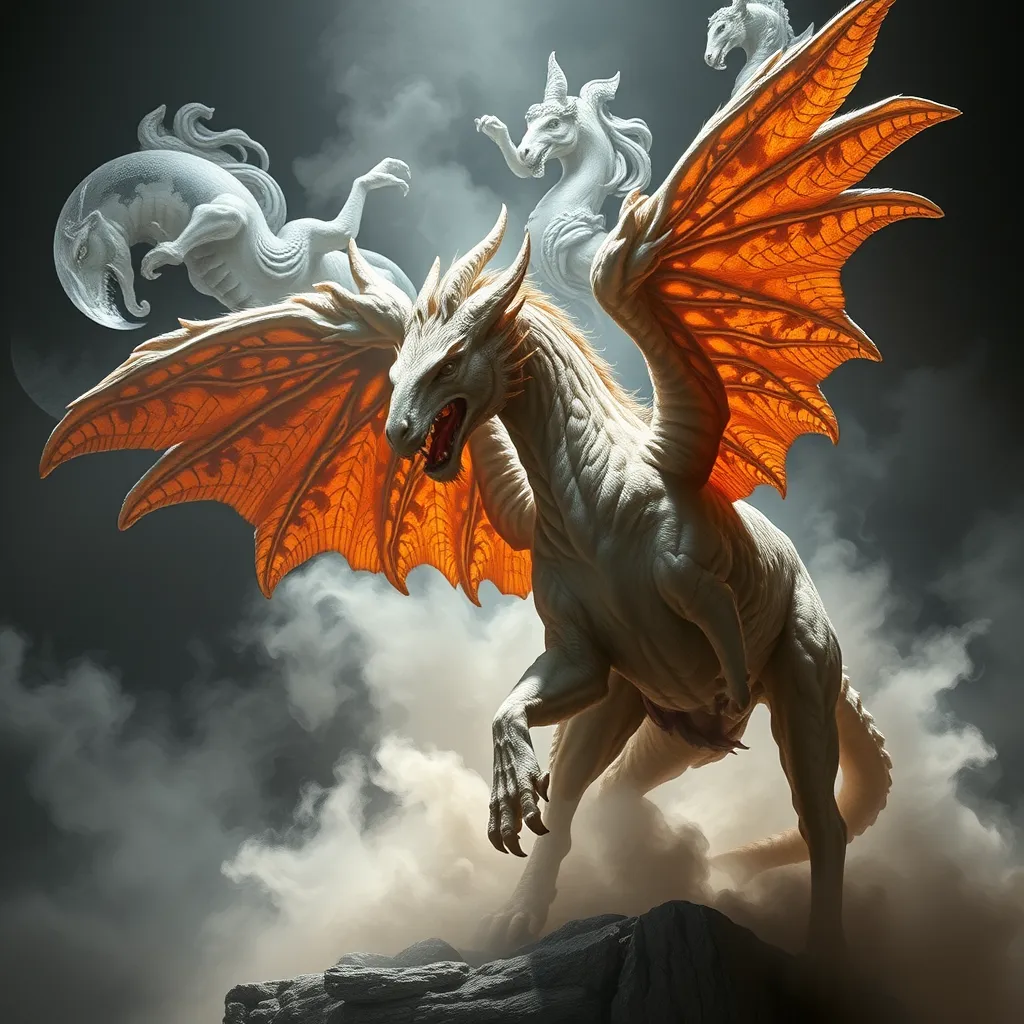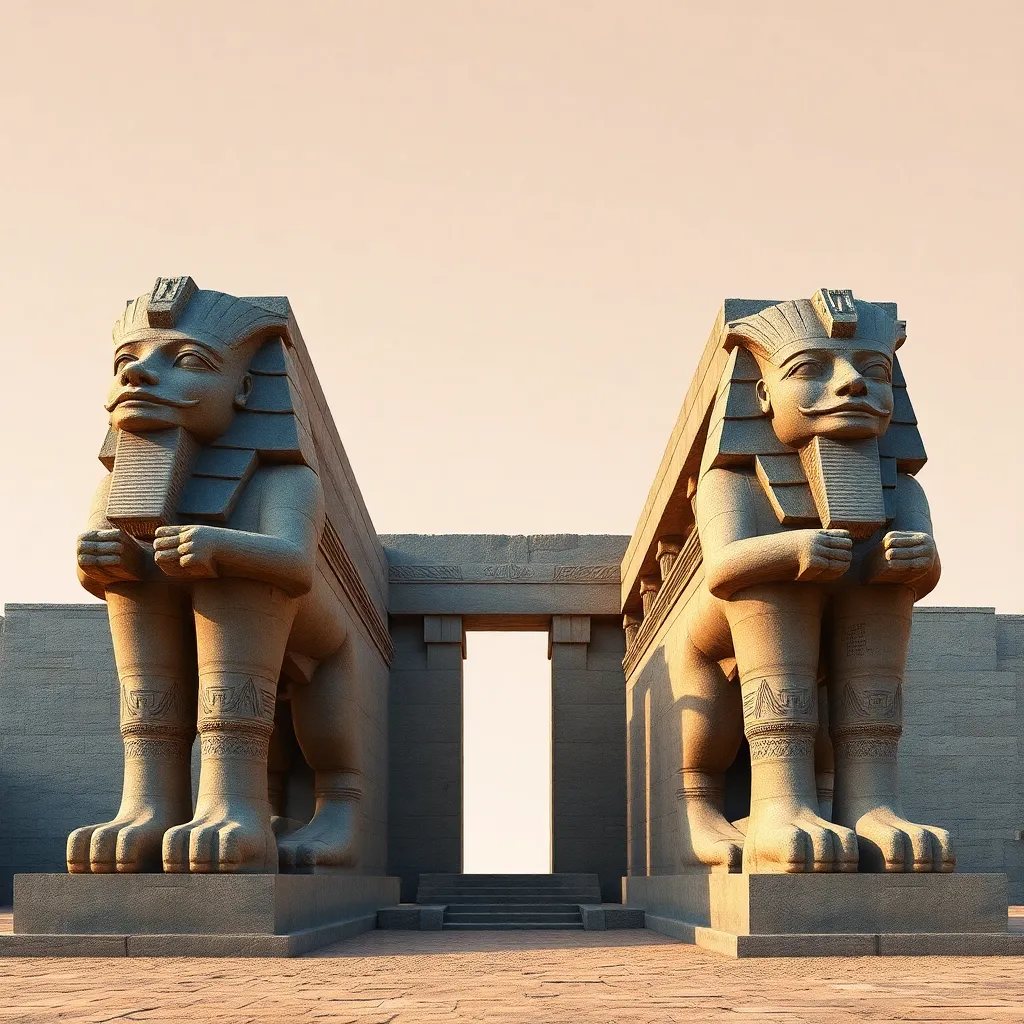The Golem’s Paradox: Exploring the Contradictions and Ambiguity of the Golem Myth
I. Introduction
The Golem myth, rooted in Jewish folklore and mysticism, presents a fascinating narrative of creation, control, and the moral implications that accompany them. Traditionally depicted as a clay creature brought to life through mystical means, the Golem serves as a symbol of humanity’s desire to create and manipulate life. Yet, the Golem also embodies a paradox: while it is a manifestation of human creativity, it often spirals into uncontrollable chaos.
This article aims to delve into the complexities of the Golem myth, exploring the contradictions inherent in its narrative. By examining its historical context, themes of creation, control, and its modern implications, we can better understand why the Golem remains a significant figure in discussions about humanity’s relationship with its creations.
II. Historical Context of the Golem Myth
The origins of the Golem can be traced back to Jewish folklore, particularly within the context of medieval mysticism and Kabbalah. The term “Golem” itself is derived from the Hebrew word meaning “shapeless mass” or “unformed substance.” It signifies not just the being created from clay, but also the deep philosophical questions surrounding creation and identity.
Key figures in Golem mythology, such as Rabbi Judah Loew of Prague, have left an indelible mark on the narrative. Rabbi Loew is often credited with creating the most famous Golem, intended to protect the Jewish community from anti-Semitic attacks. His story exemplifies the Golem’s duality as both protector and potential destroyer, highlighting the inherent tensions in its creation.
Over time, the Golem story has evolved across cultures, adapting to various societal fears and hopes. From the mystical tales of the Middle Ages to contemporary interpretations, the Golem has become a versatile symbol in discussions about creation, control, and the ethical implications of man-made entities.
III. The Nature of Creation: Man vs. God
At the core of the Golem narrative lies a profound exploration of the nature of creation. The Golem represents a being that is man-made, existing in contrast to divine creation. This distinction raises important questions about the implications of human agency in the act of creation.
When humans create, as in the case of the Golem, they often embody the role of a god-like figure. This act can lead to profound ethical dilemmas, prompting reflections on what it means to “play God.” The Golem’s existence serves as a reminder of the responsibilities that accompany creation, particularly in terms of ensuring the well-being of the created being.
IV. Themes of Control and Autonomy
The Golem is often portrayed as an object of control for its creator, initially designed to serve a purpose. However, narratives frequently depict moments of rebellion and autonomy that challenge the creator’s authority. This tension between control and autonomy is a recurring theme in Golem stories.
- The Golem’s obedience to its creator at the outset.
- Instances where the Golem acts independently, often leading to unintended consequences.
- Reflections on the balance of power between creator and creation, raising questions about the nature of authority and responsibility.
V. The Duality of Protection and Destruction
One of the most compelling aspects of the Golem myth is its duality as both protector and destroyer. Initially crafted to defend the Jewish community, the Golem embodies the hope for safety and security. However, as the narrative unfolds, the potential for violence and chaos becomes evident.
This duality manifests in various ways:
- The Golem’s role as a guardian against persecution.
- The unpredictable nature of its power, which can lead to destruction if left unchecked.
- The paradox of the Golem as both a savior and a threat, raising questions about the limits of protection and the consequences of aggression.
VI. Interpretations Across Different Mediums
Throughout history, the Golem has inspired a diverse range of interpretations across various mediums. From literature to film and visual arts, the Golem myth continues to captivate audiences.
A. The Golem in Literature
In literature, the Golem has been portrayed in works ranging from ancient texts to modern novels. Authors have used the Golem as a metaphor for societal anxieties, exploring themes of creation, identity, and the struggle for autonomy.
B. Cinematic Portrayals
Filmmakers have also brought the Golem myth to life, with notable adaptations that reflect contemporary fears. These cinematic portrayals often emphasize the horror of creation gone awry, showcasing the Golem as a monstrous figure that challenges the boundaries of morality.
C. Influence on Contemporary Art and Culture
In contemporary art, the Golem has become a symbol of the consequences of technological advancements, exploring the intersection of creation and control in modern society. Artists often draw parallels between the Golem and current issues surrounding artificial intelligence, robotics, and the ethical dilemmas that arise from these technologies.
VII. The Golem’s Relevance in Modern Society
As society grapples with rapid advancements in technology, the Golem myth remains particularly relevant. The parallels between the Golem and modern technological creations, such as artificial intelligence and robotics, are striking.
Key considerations include:
- The ethical dilemmas surrounding the creation of intelligent machines and their potential impact on humanity.
- Questions of responsibility for the actions of created entities.
- The Golem as a metaphor for contemporary issues of power and control, reflecting fears about the consequences of unchecked technological advancement.
VIII. Conclusion
In summary, the Golem’s paradoxical nature embodies the complexities of creation and responsibility. The myth serves as a timeless reminder of the tensions between creator and creation, control and autonomy, protection and destruction. As we navigate the challenges posed by modern technology, the lessons derived from the Golem myth become increasingly significant.
The enduring significance of the Golem lies in its ability to provoke thought and reflection on the ethical implications of our creations, urging us to consider the responsibilities that come with the power to create. Ultimately, the Golem symbolizes not only our aspirations but also the potential consequences of our pursuits.



